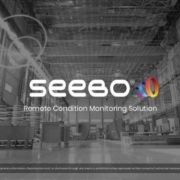Before beginning a feature comparison between TensorFlow, PyTorch, and Keras, let’s cover some soft, non-competitive differences between them.
Non-competitive facts:
Below, we present some differences between the 3 that should serve as an introduction to TensorFlow, PyTorch, and Keras. These differences aren’t written in the spirit of comparing one with the other but with a spirit of introducing the subject of our discussion in this article.





 The Complexity of API Discovery
The Complexity of API Discovery





